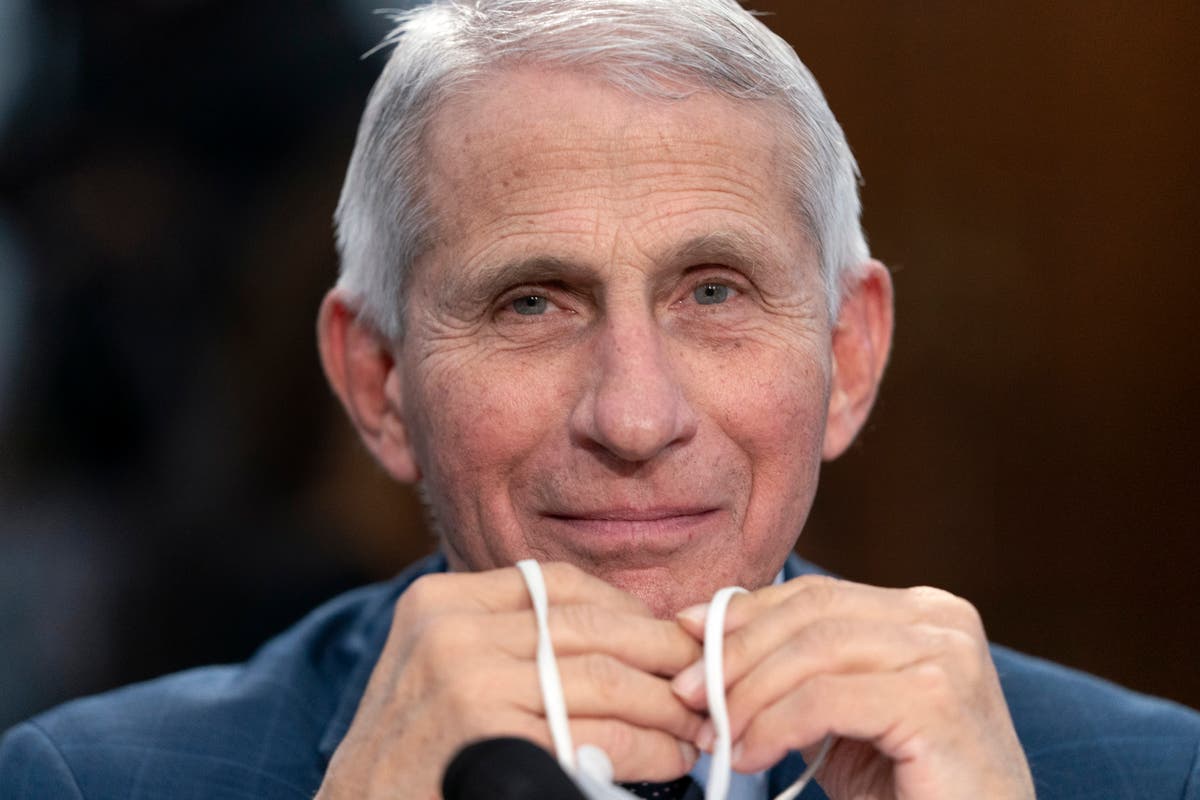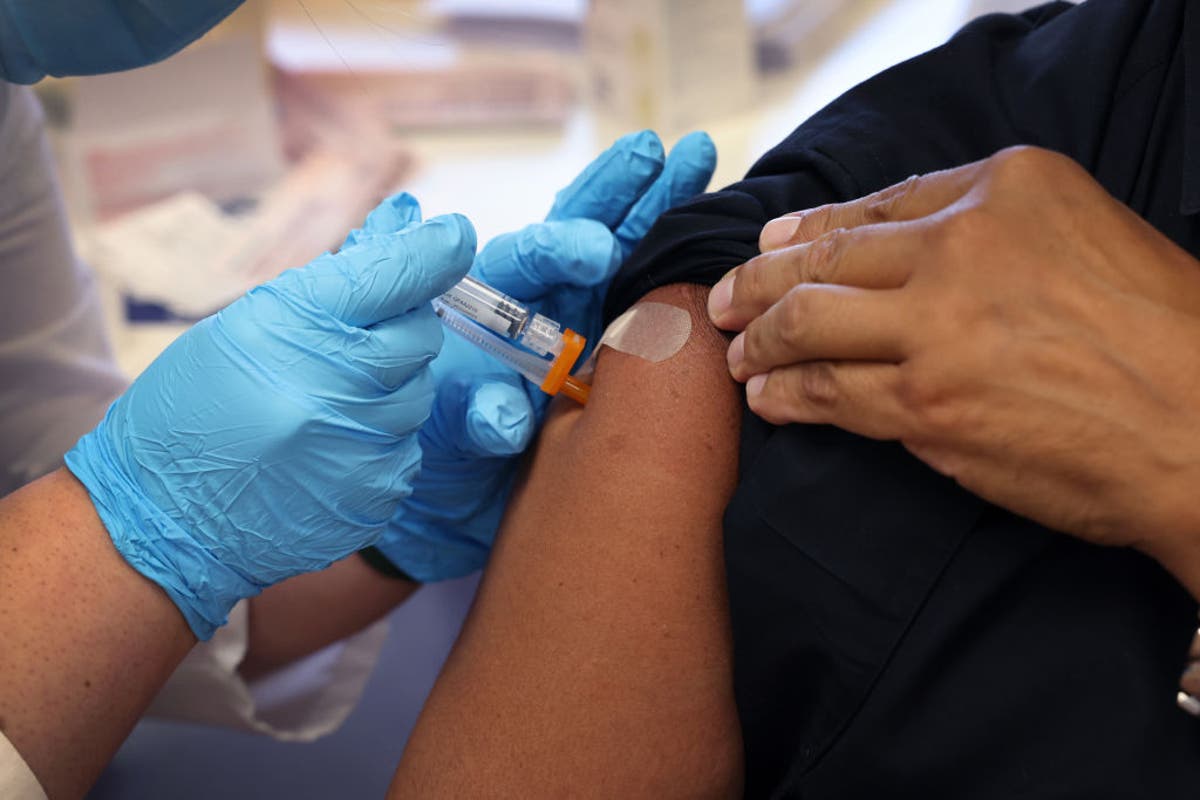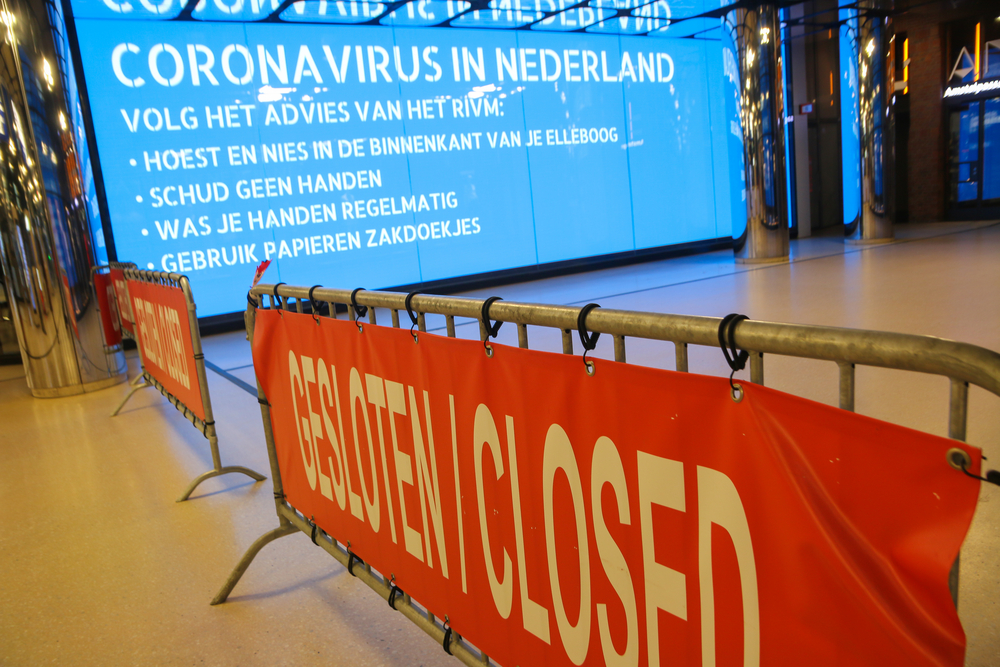
Column: The New Deal has lessons for the coronavirus crisis — but not the ones you think
LA TimesAs a student of the New Deal, I’m often asked what’s most surprising about what I learned. Here’s how he responded The term “socialism” has been enjoying something of a vogue lately, typically used to describe policies that were part of American mainstream politics as recently as the 1980s. Hopkins cherished a remark uttered by the wife of one of these workers: “We aren’t on relief anymore, my husband’s working for the government.” The works program most closely identified with the New Deal was the Works Progress Administration, or WPA. Hopkins brushed off criticism that some of the projects were mere make-work or research projects, rather than lasting productions — one politician’s investigation of the WPA added the term “boondoggle” to the political lexicon, drawn from midwestern slang denoting small-scale handicrafts. Fiscal austerity, which had been the watchword of the Hoover administration and even held sway within the Roosevelt White House, remained economic orthodoxy in the U.S. To the extent that deficit-financed pump-priming was part of the New Deal, it was almost accidental: New Deal projects did keep money in circulation and kept aggregate demand afloat, and it was deficit-financed.
History of this topic
Biden’s $1.9 trillion ‘American Rescue Plan’ all set to boost U.S. economy
The Hindu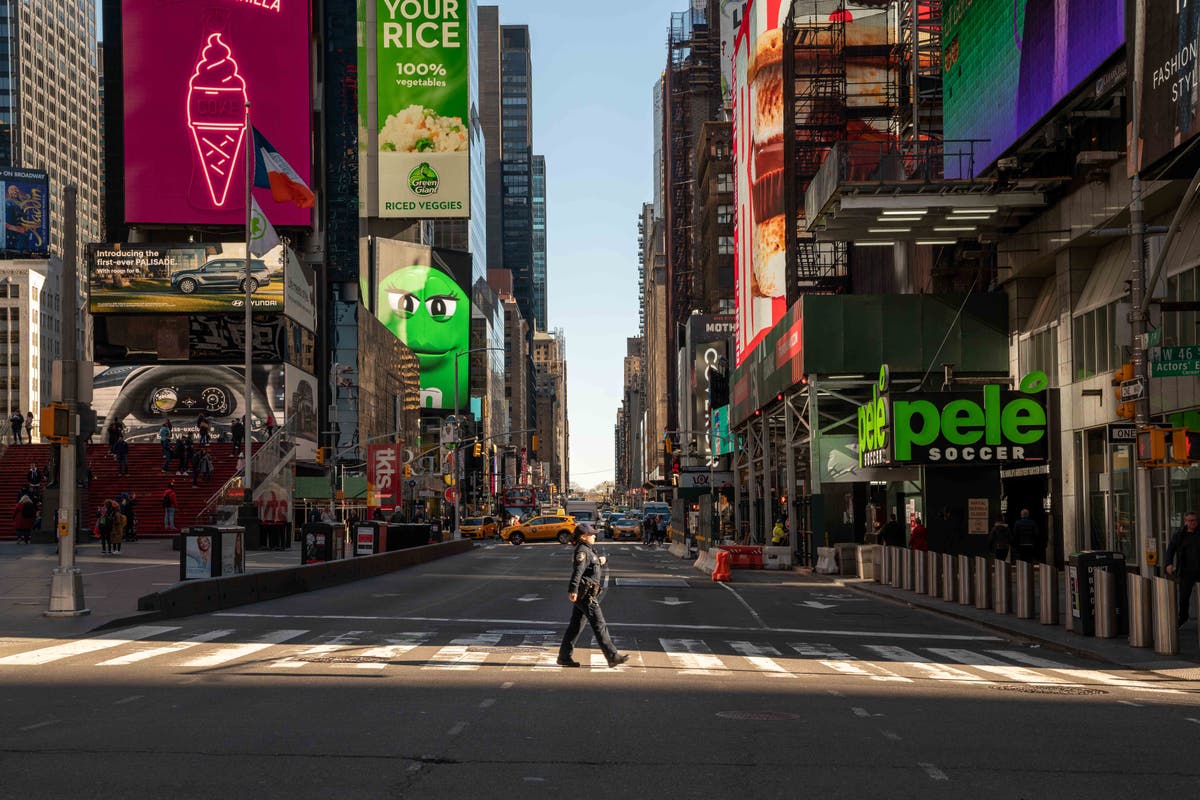
‘Only a crisis produces real change.’ What will coronavirus bring?
The IndependentFed chief says coronavirus surge starting to dent U.S. economic recovery
The Hindu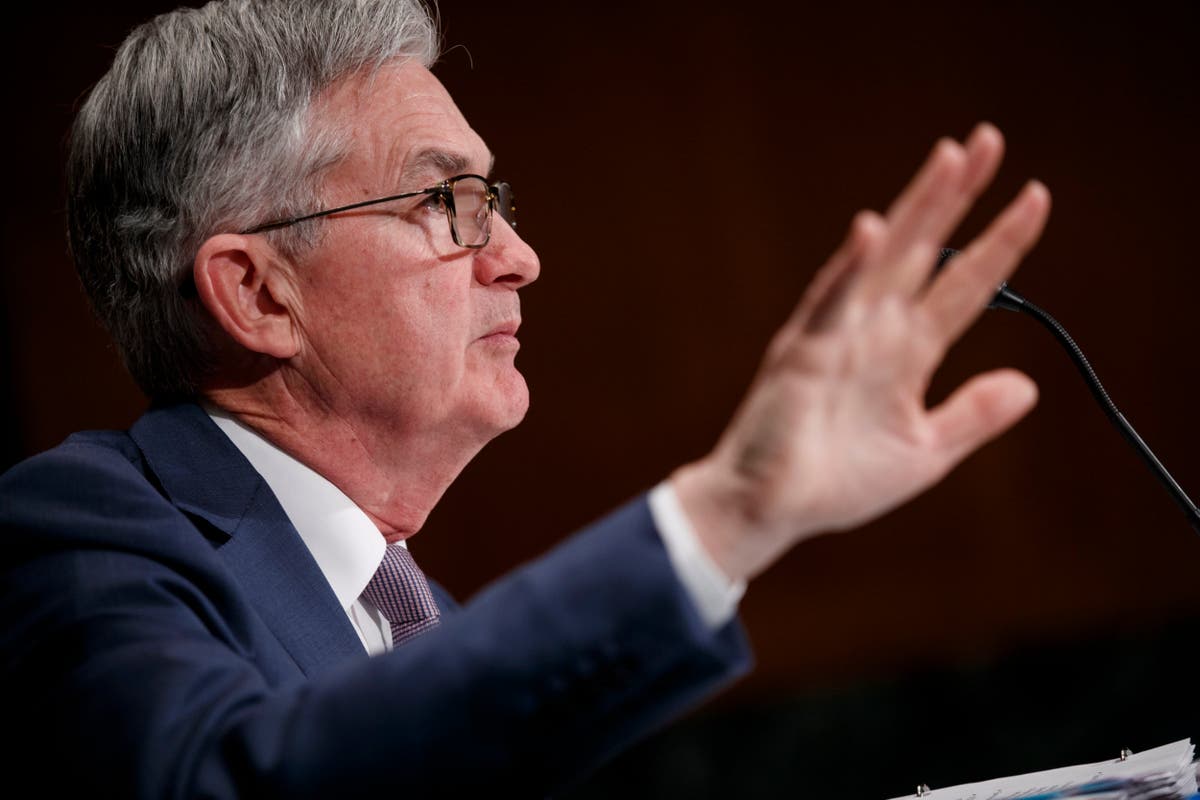
Fed says US economic recovery will be closely linked to course of coronavirus
The Independent
Progressives See Coronavirus Crisis As A Chance To Make Big, Lasting Policy Changes
NPR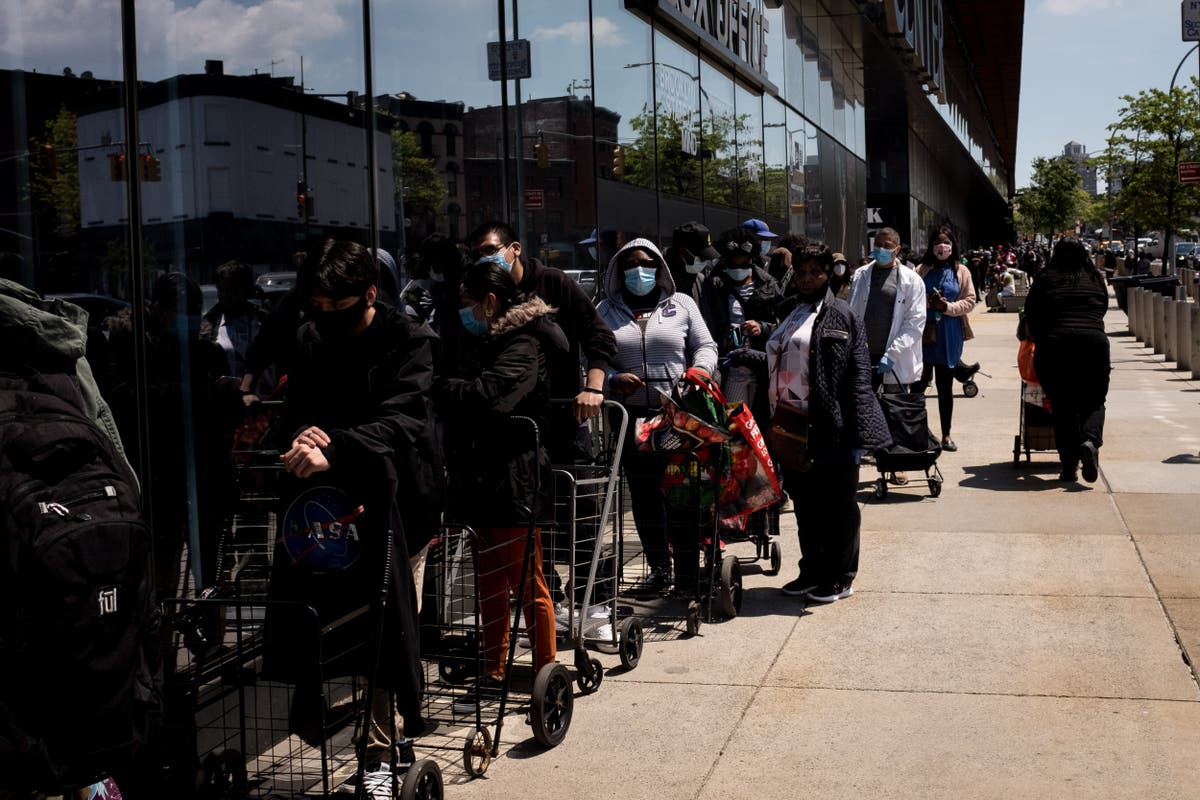
US economy won’t recover fully until there’s a coronavirus vaccine, says Federal Reserve chairman
The Independent
News Analysis: The coronavirus crisis will change America in big ways. History says so
LA Times
Coronavirus is America’s common enemy, but the states aren’t fighting as a team
LA Times)
Coronavirus Outbreak: White House, Congress agree on $2 trillion rescue bill to aid US businesses, workers and hospitals
Firstpost
10 Things to Know for Today
Associated Press
How the coronavirus could spark a severe slowdown or recession in America
CNNDiscover Related
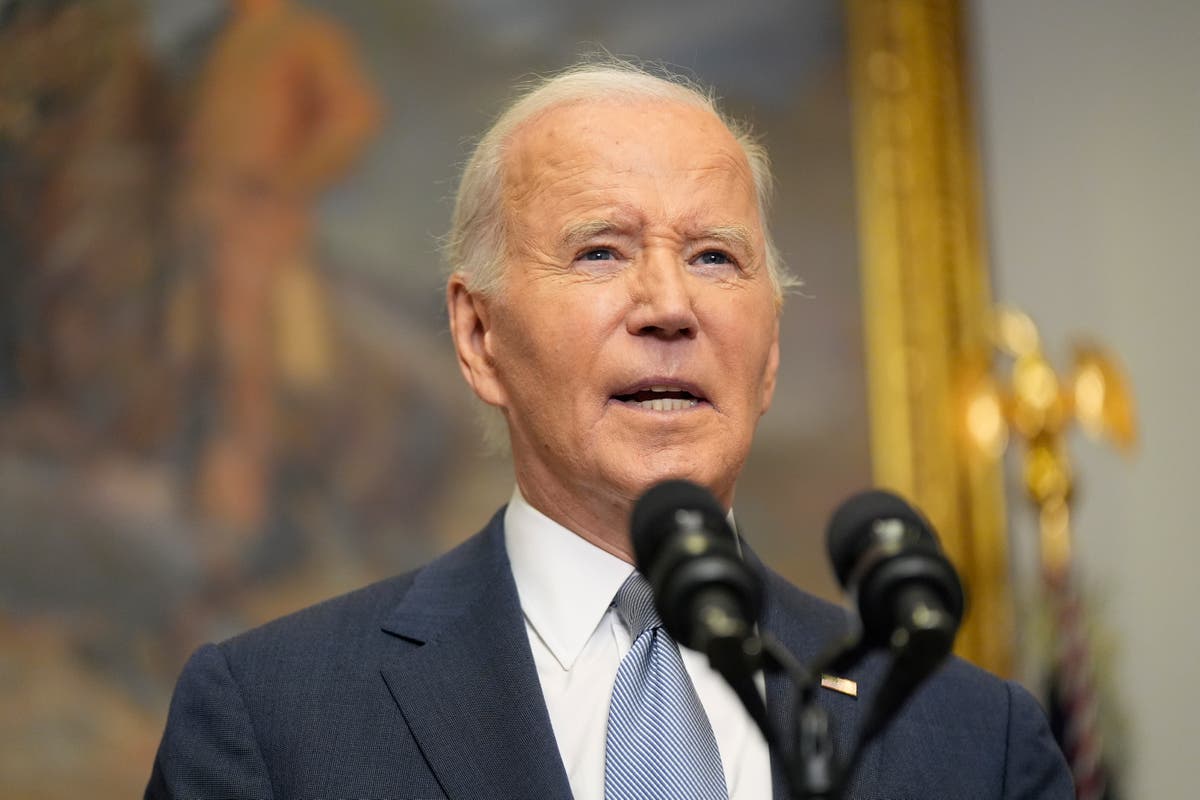
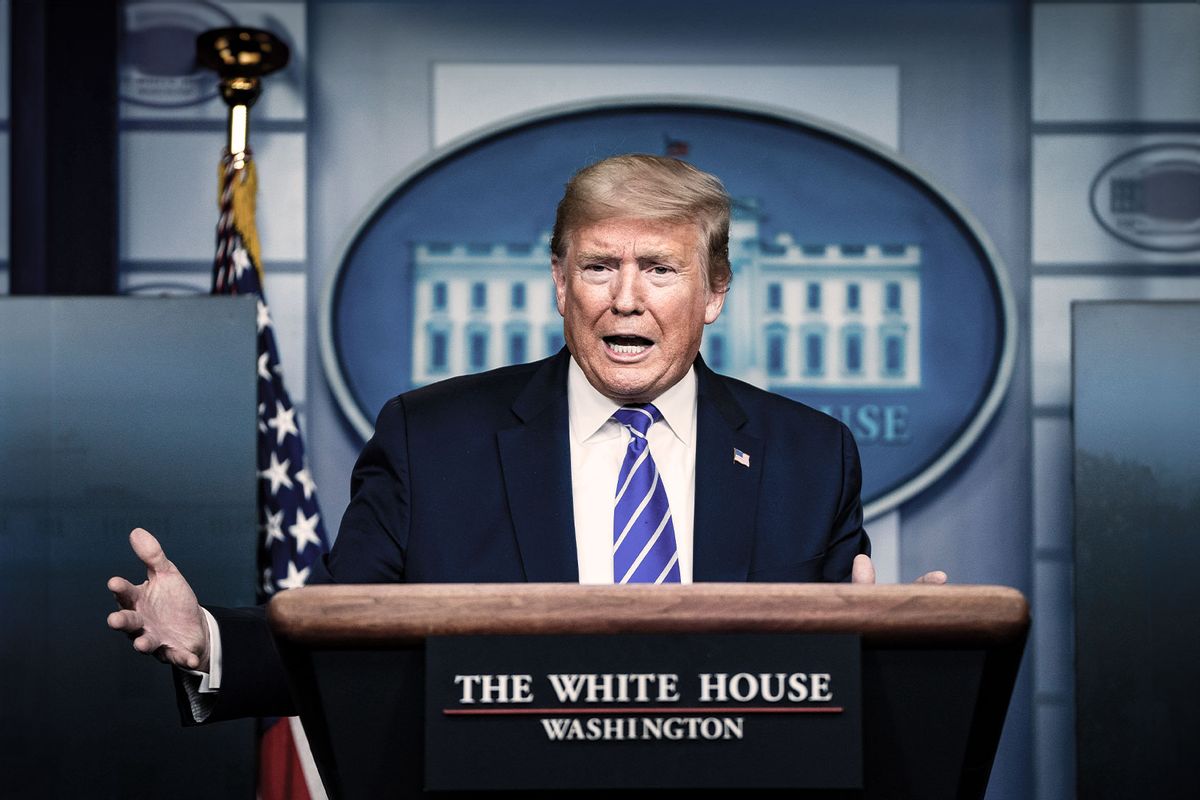
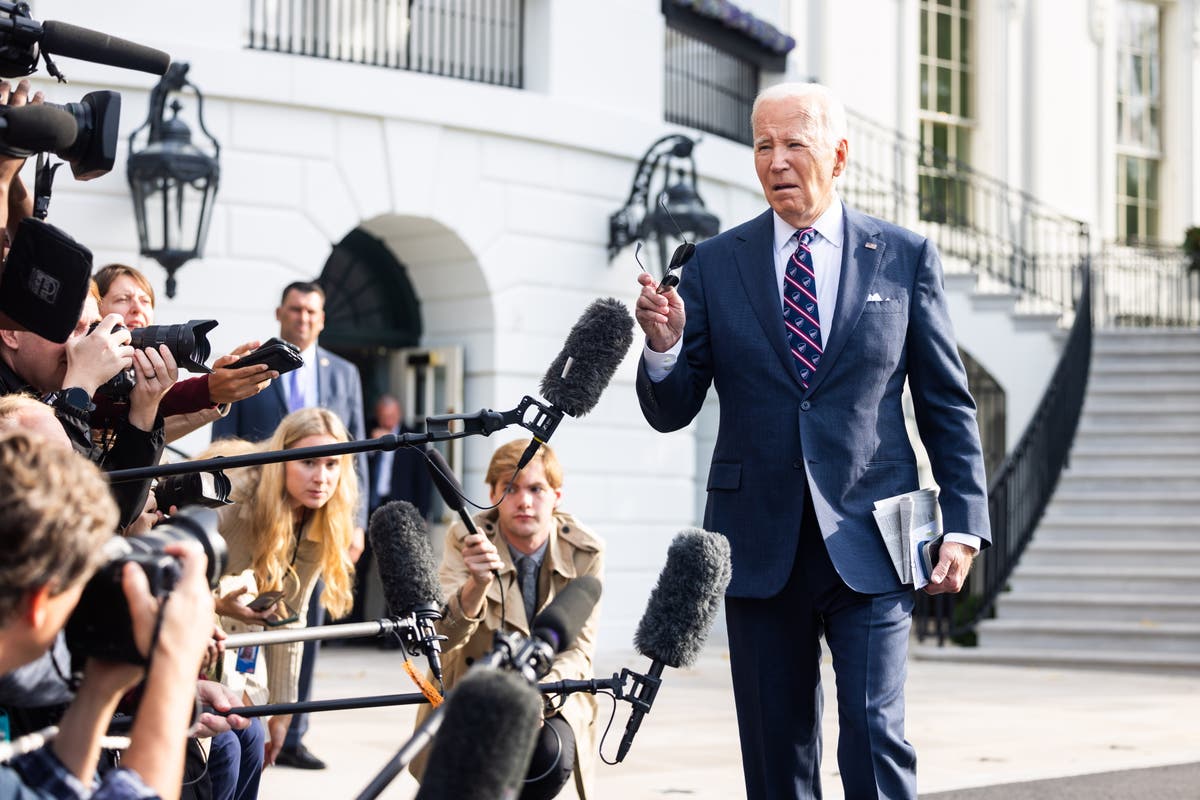

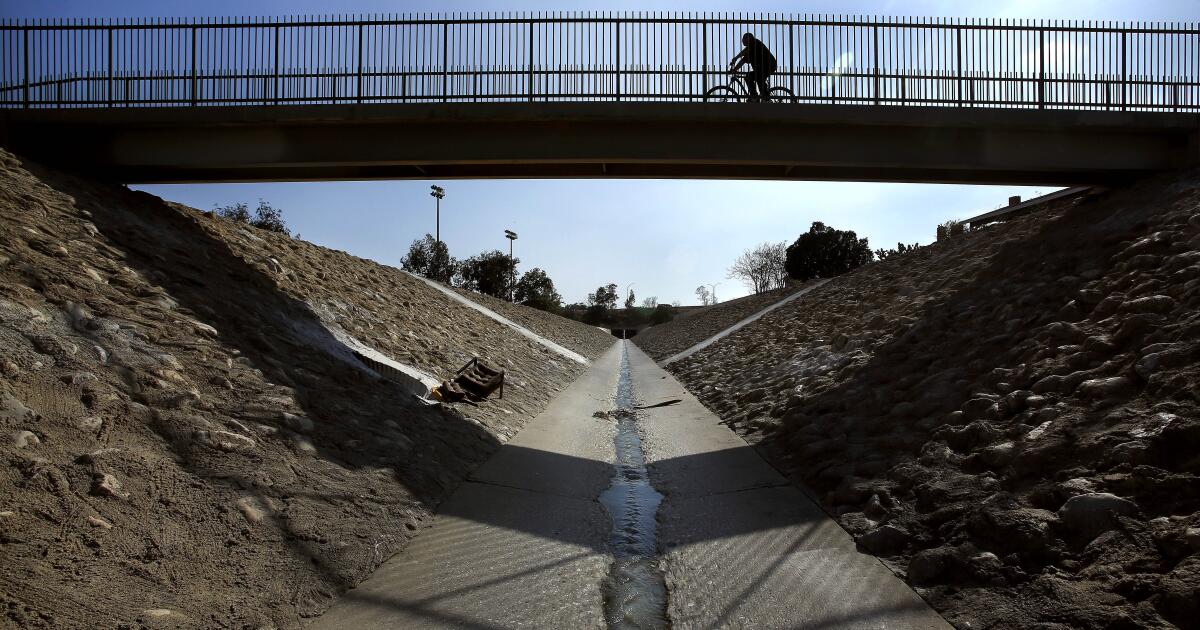
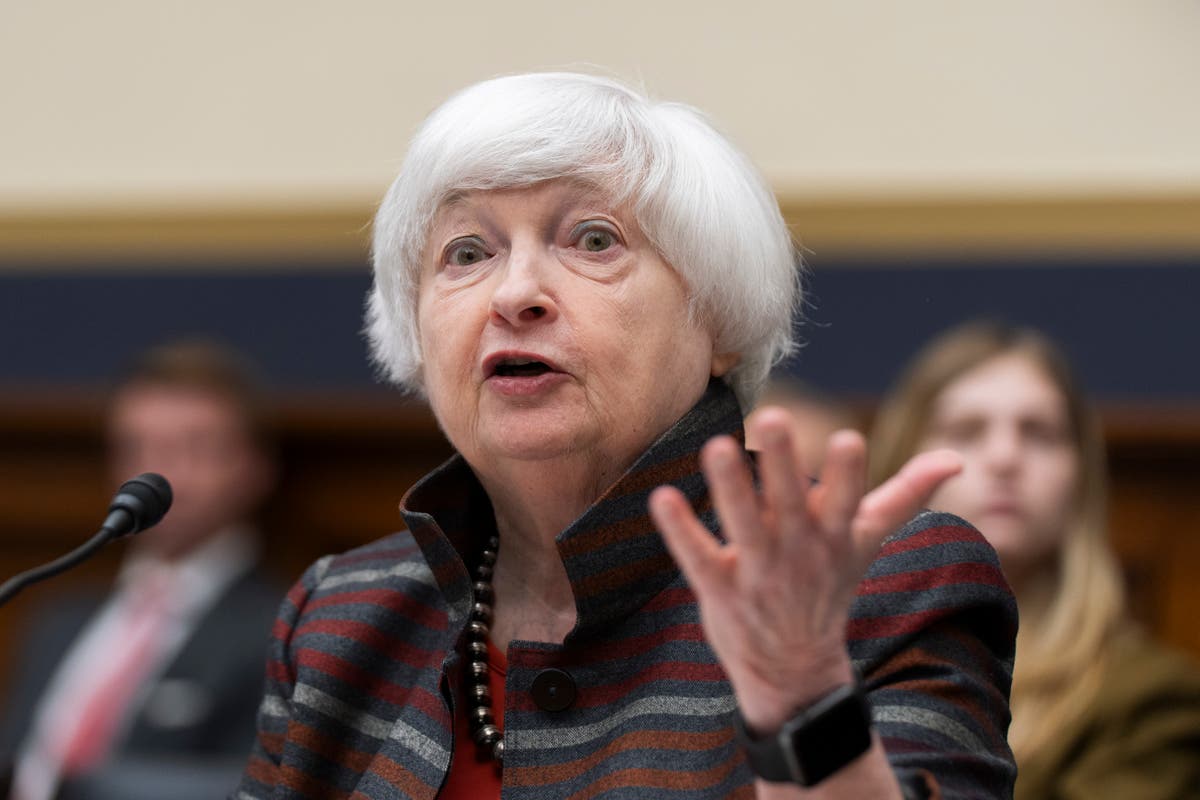
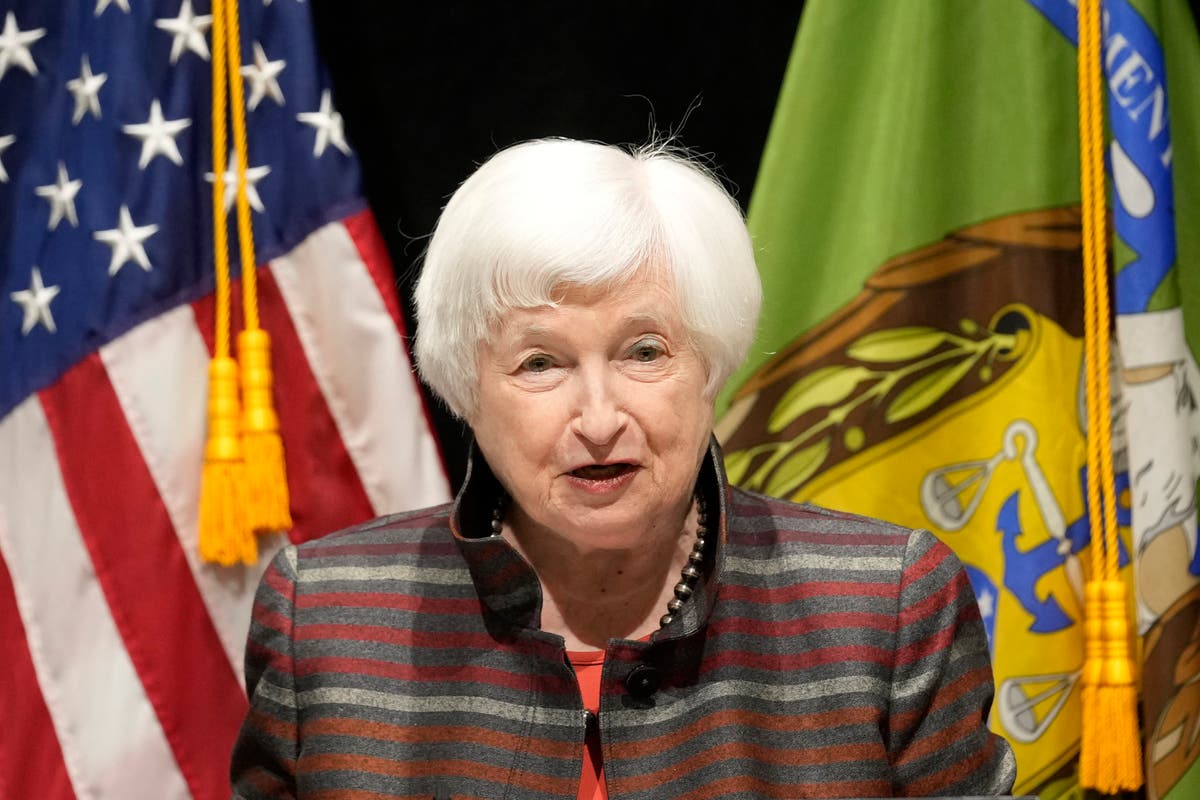




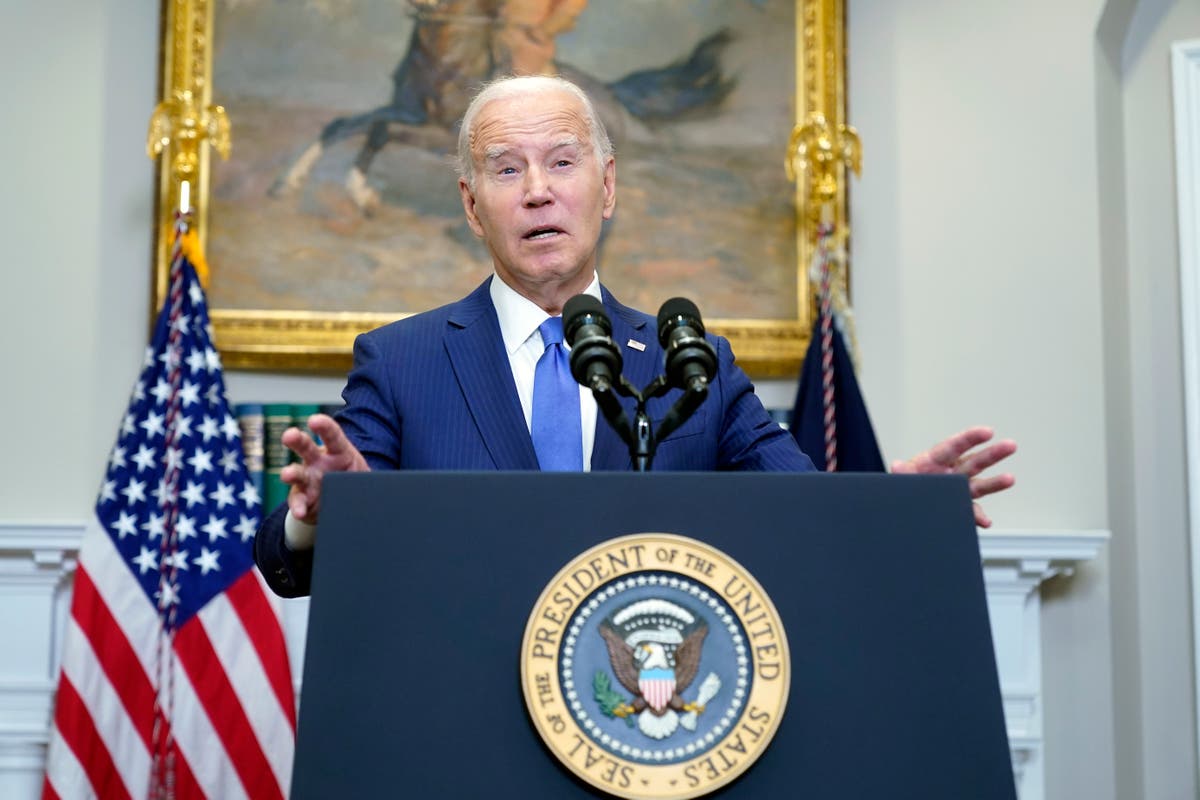
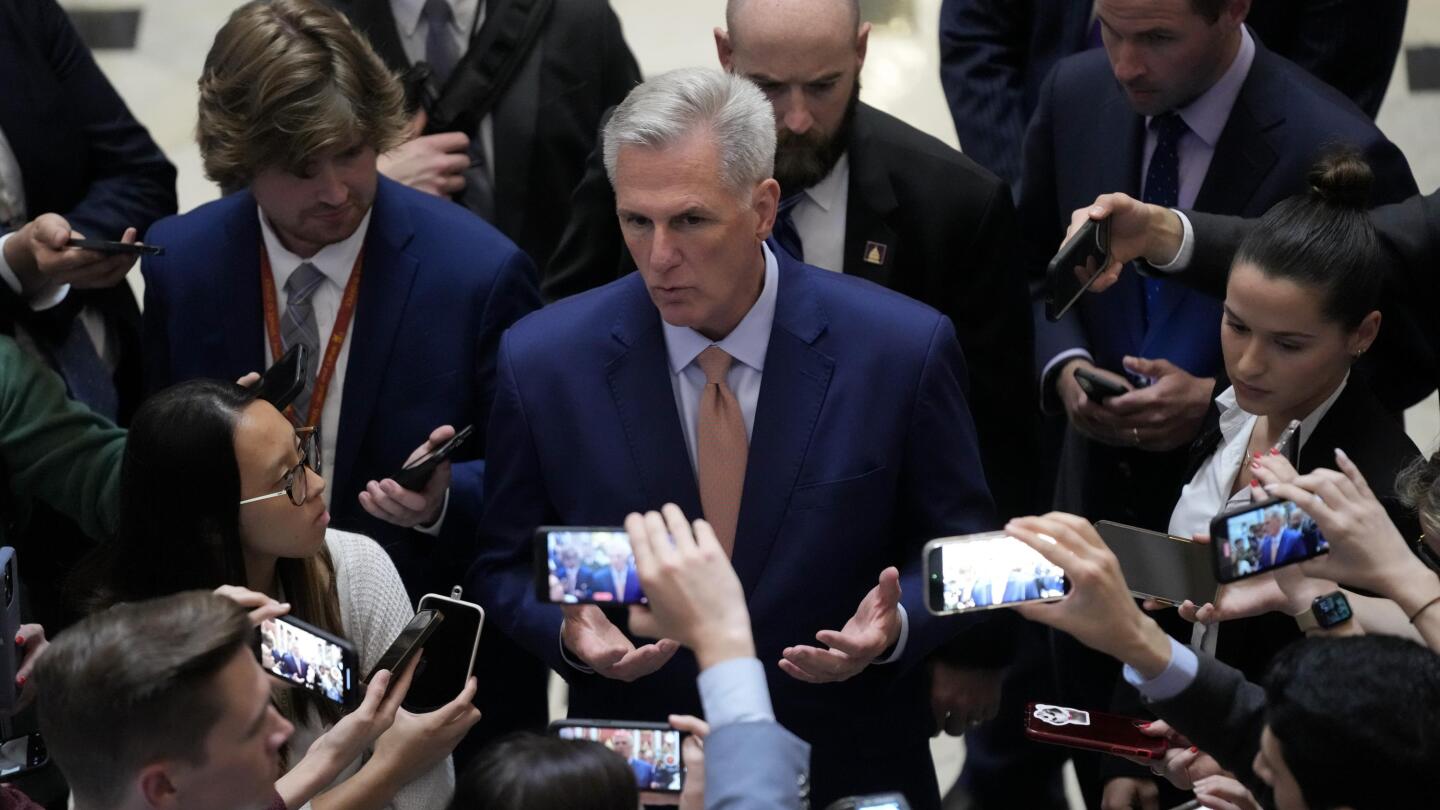
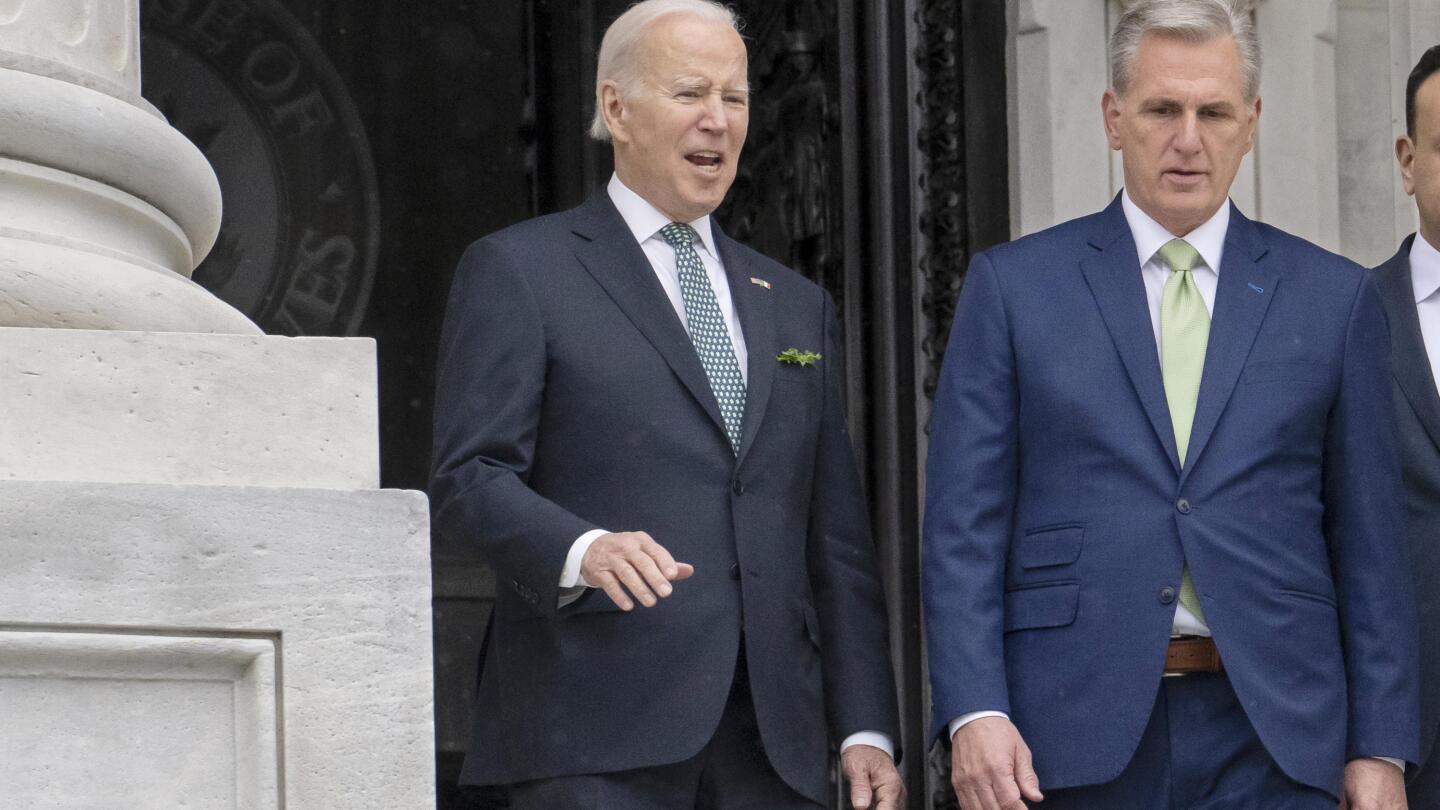

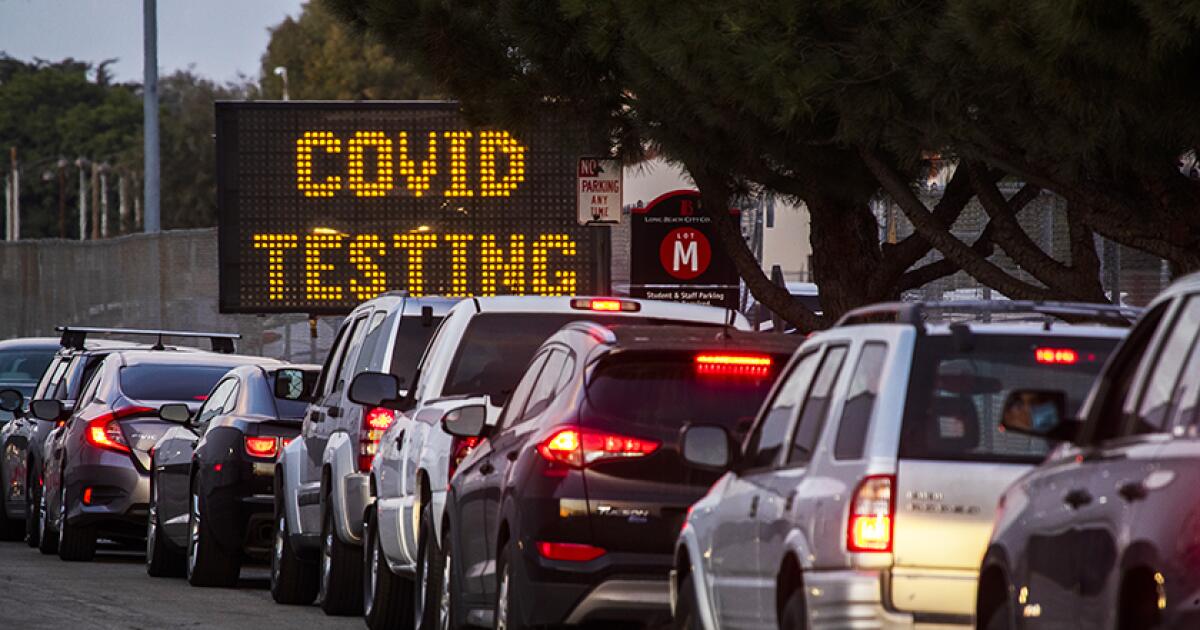



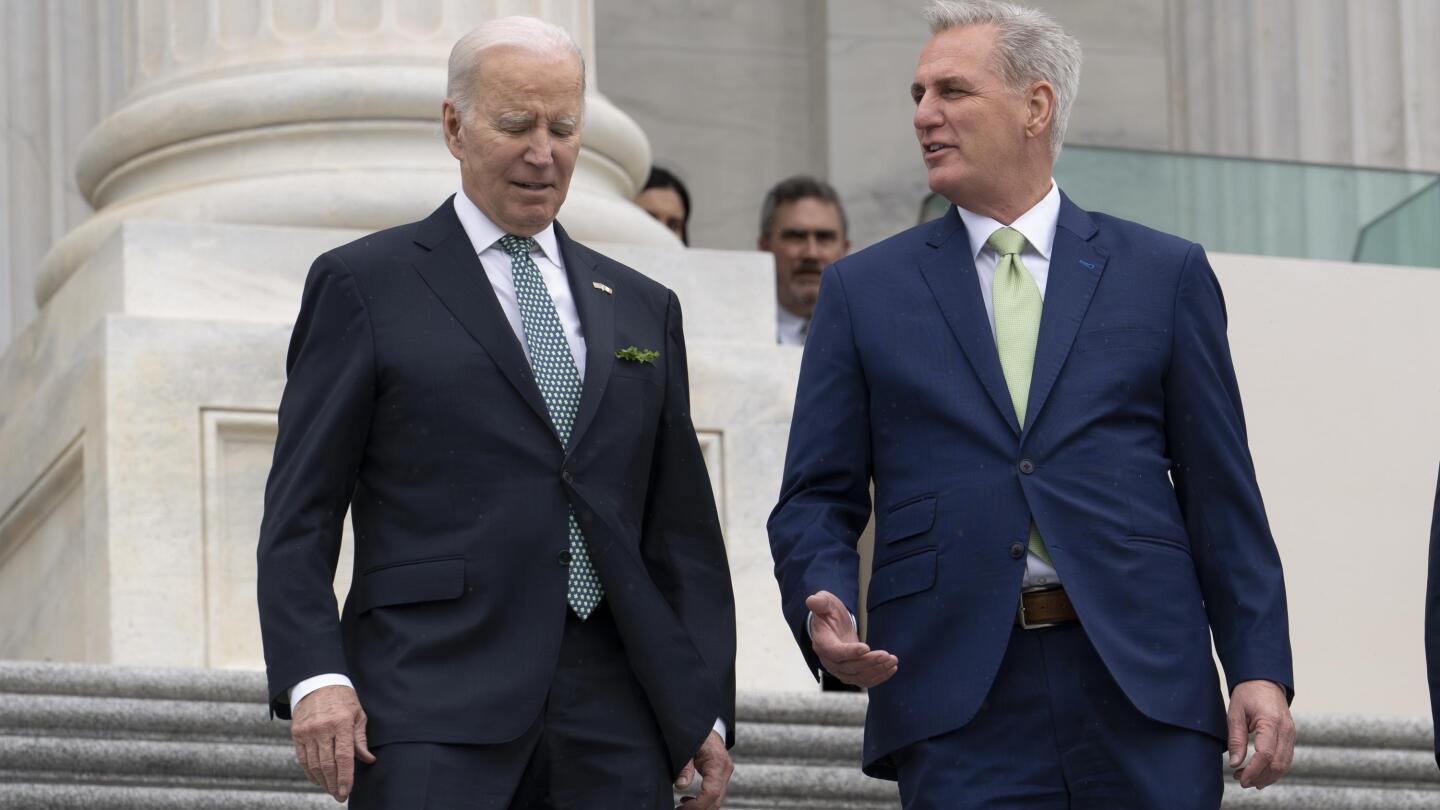



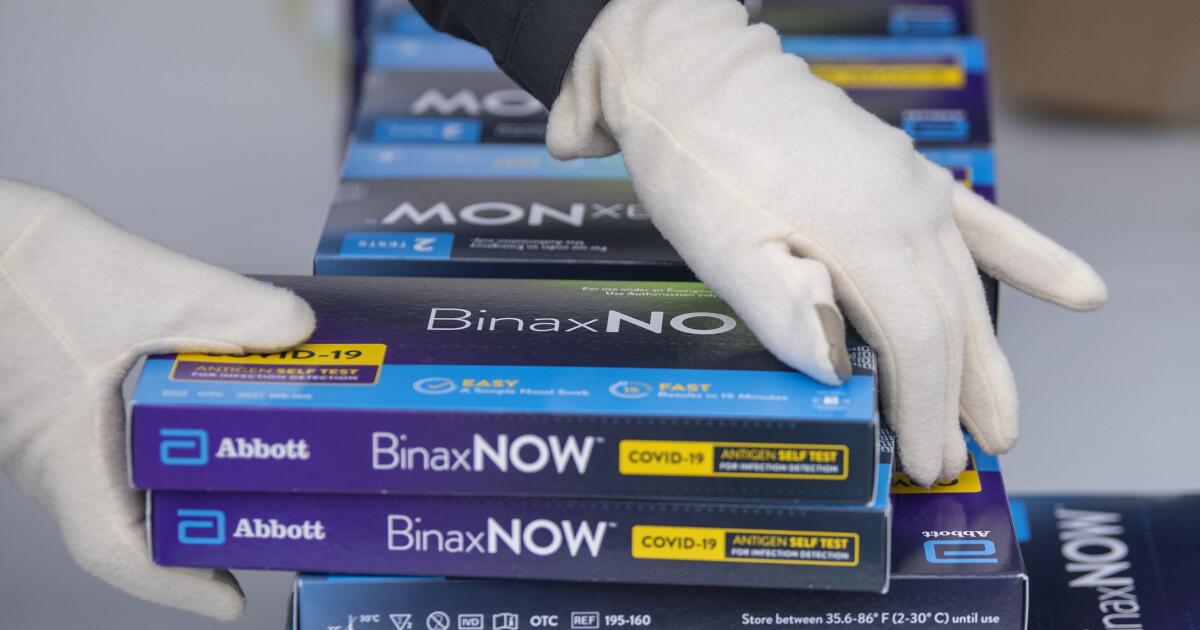
)
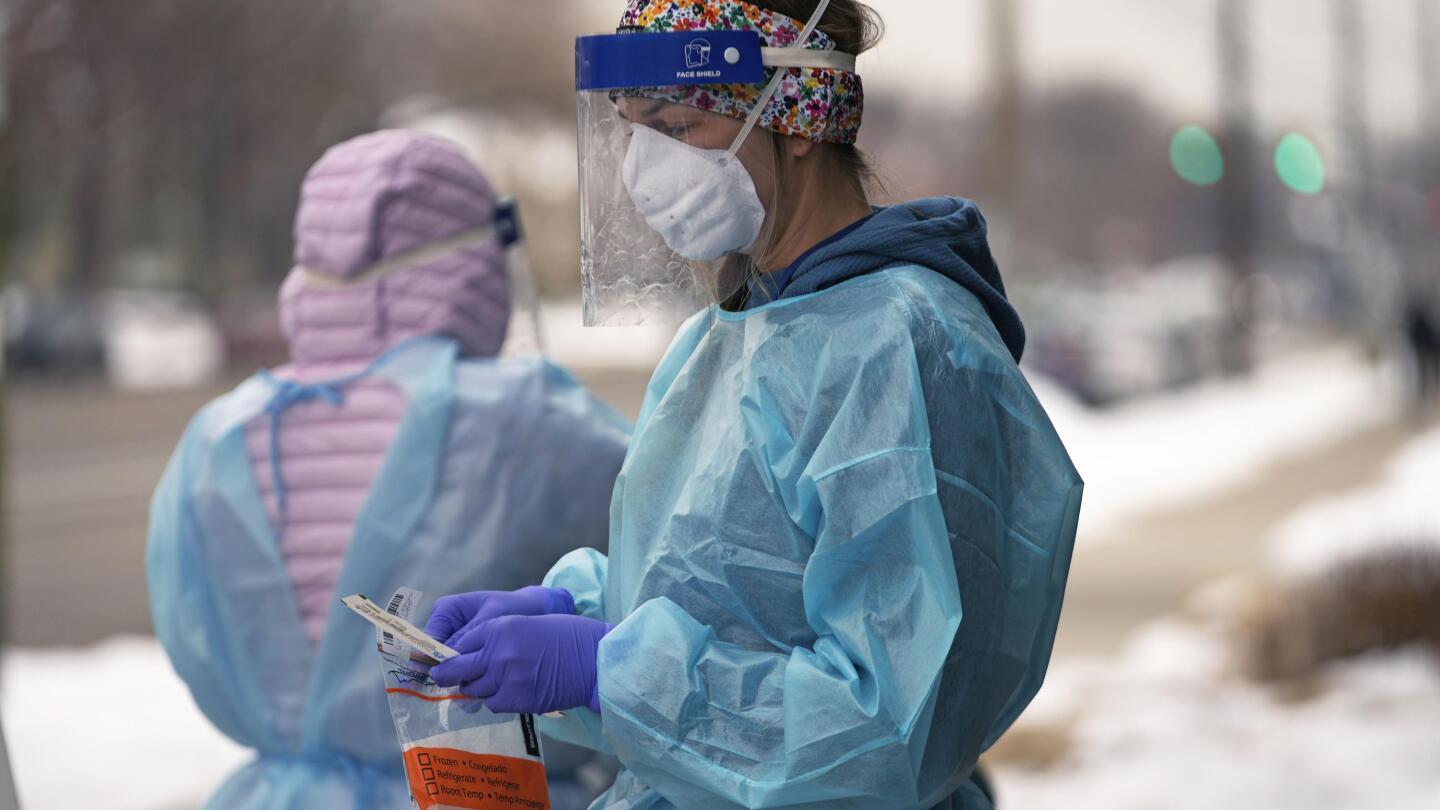
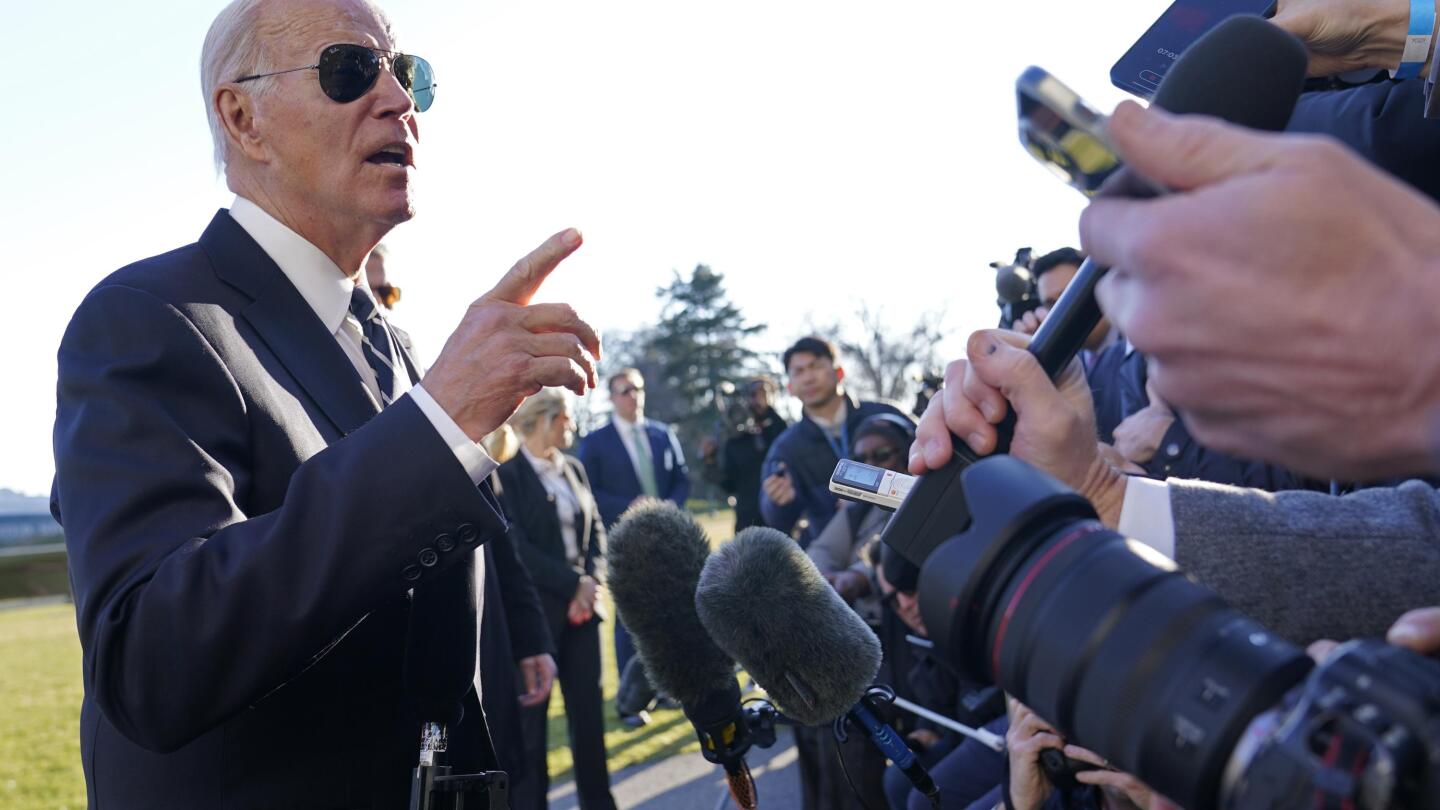
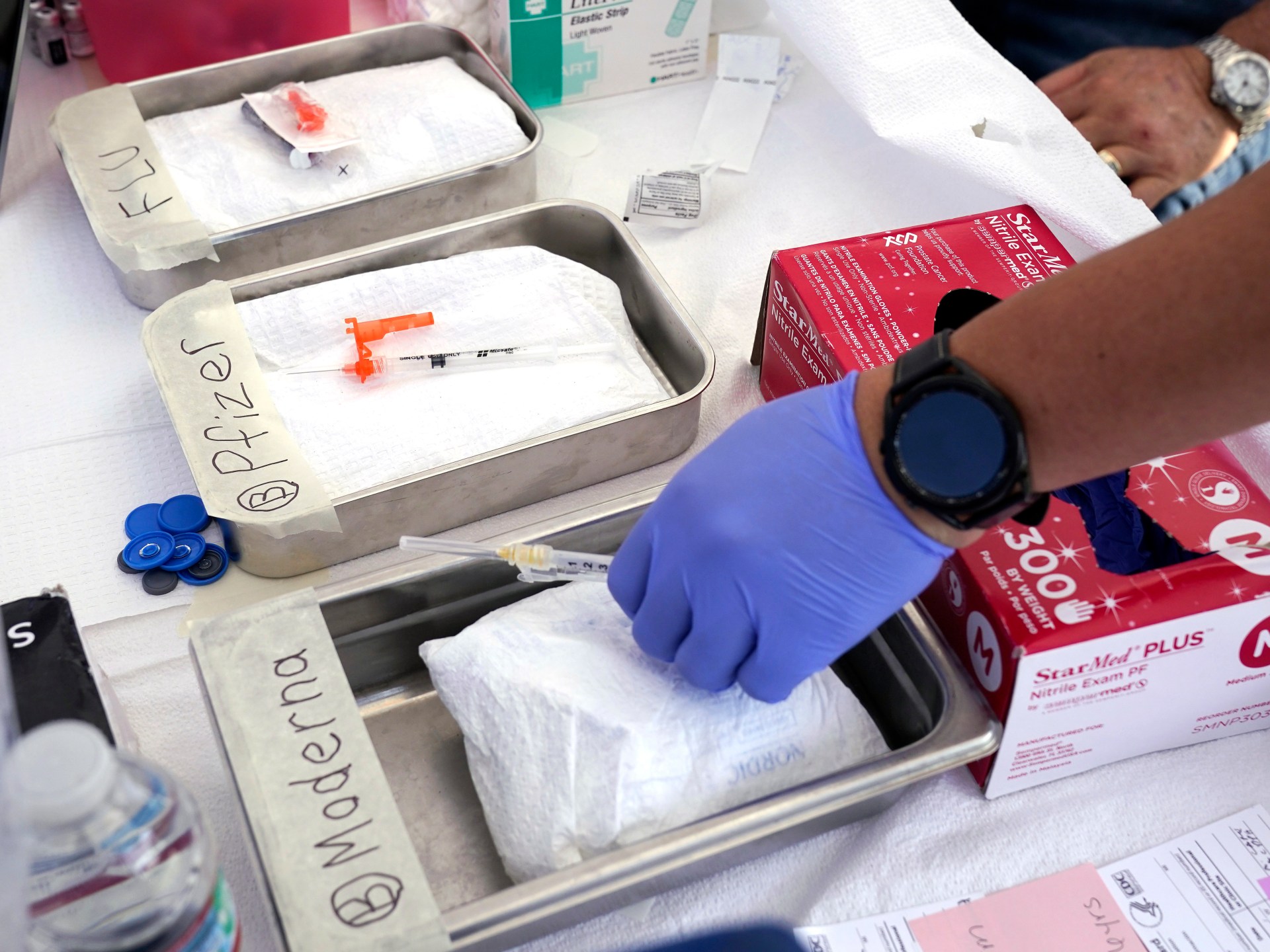
)



